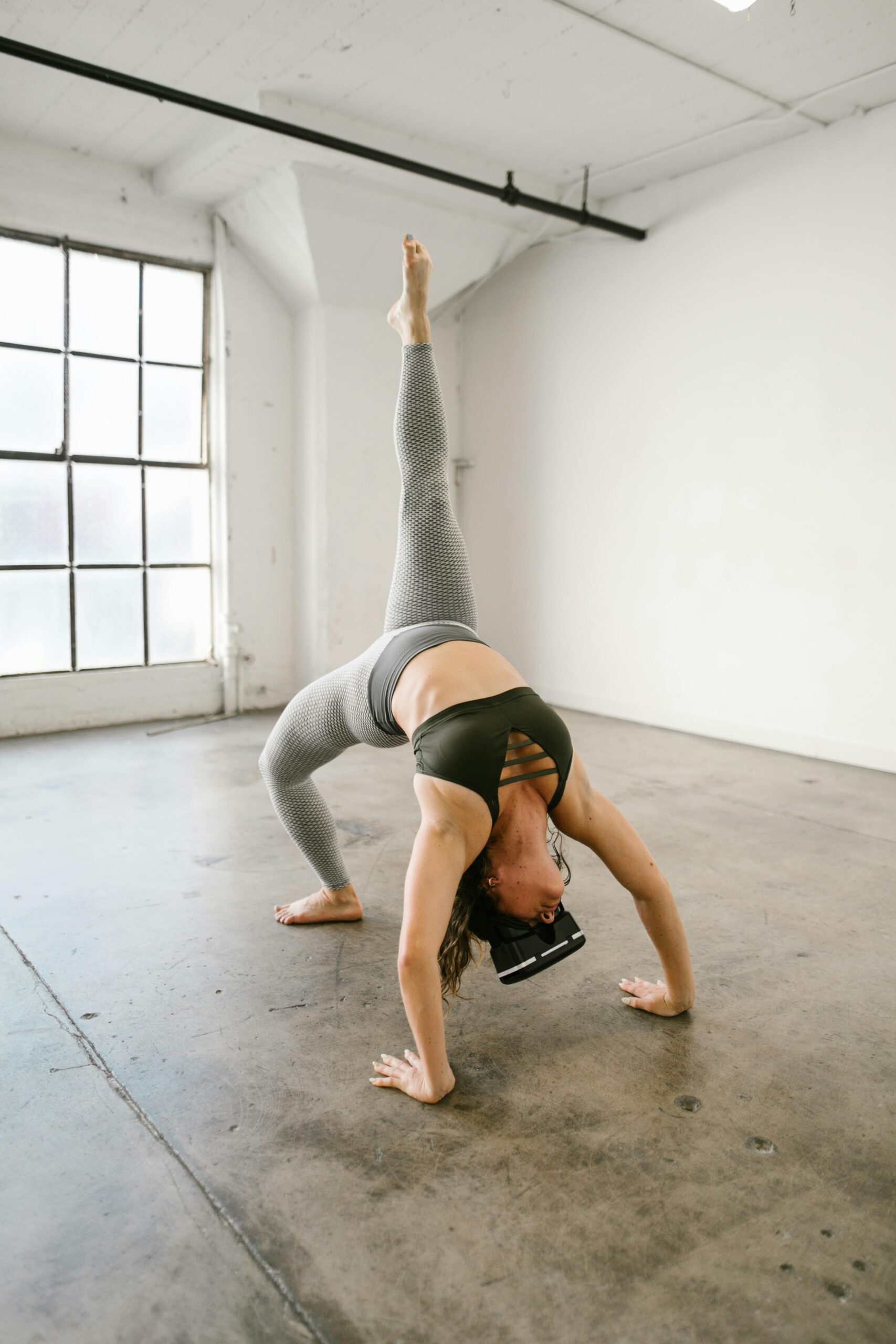AI-Powered Personal Training: Revolutionizing Fitness Through Technology
The fitness industry is undergoing a seismic shift, driven by the integration of artificial intelligence (AI) into personal training. Gone are the days of generic workout plans; AI-powered platforms now analyze individual data to deliver hyper-personalized fitness regimens, real-time feedback, and adaptive strategies. These systems leverage machine learning, biometric sensors, and predictive analytics to mimic—and often surpass—the expertise of human trainers. Beyond convenience, AI democratizes access to high-quality fitness guidance, breaking down barriers like cost and location. This article explores how AI is redefining personal training, from customized workout algorithms to immersive virtual coaching, and examines the implications for both fitness enthusiasts and professionals. Prepare to discover how technology is turning every smartphone into a pocket-sized personal trainer.
The Evolution of Personal Training in the AI Era
Traditional personal training relied heavily on human intuition and one-size-fits-all routines. AI disrupts this model by processing vast datasets—including heart rate, sleep patterns, nutrition, and exercise history—to create dynamic plans that evolve with the user. For instance, platforms like Freeletics and Fitbod use AI to adjust workouts based on performance trends, ensuring continuous progress. This data-driven approach minimizes plateaus and injuries while maximizing efficiency. By learning from millions of user interactions, AI systems identify patterns that even seasoned trainers might miss, offering a scientific edge to fitness optimization.
Hyper-Personalization: Tailoring Workouts to Your Biology
AI doesn’t just track reps; it deciphers how your body responds to stress, recovery, and nutrition. Wearables like WHOOP and Oura Ring feed biometric data into AI models that recommend optimal workout times, rest periods, and even meal plans. For example:
- An AI might lower workout intensity if it detects elevated cortisol levels.
- Algorithms adjust resistance training volume based on muscle recovery rates.
- Nutritional recommendations adapt to metabolic changes observed via glucose monitors.
This granular personalization ensures workouts align with physiological realities, not just abstract goals.
Real-Time Feedback and Form Correction
Advanced computer vision, like that in Tempo Move or Nike Training Club, uses smartphone cameras to analyze movement precision. AI compares your squats, lunges, or deadlifts against ideal form databases, providing instant corrections. This reduces injury risks and enhances muscle engagement. Similarly, smart mirrors like FORMETRIC overlay real-time metrics (e.g., balance, posture) during workouts. Such feedback loops transform solo training sessions into guided experiences, bridging the gap between DIY apps and in-person coaching.
Accessibility and Affordability in Fitness
At $50–$150 per session, human trainers are inaccessible to many. AI slashes costs: apps like Future charge $150/month for 24/7 AI-human hybrid coaching. Free platforms like Ada (by FitOn) use chatbots to answer fitness queries. Moreover, AI eliminates geographical constraints—rural users gain access to elite-level programming. For populations with disabilities, AI tailors exercises to mobility limitations, fostering inclusivity. This democratization aligns with global fitness trends, where 80% of gym memberships go unused, but app-based engagement rises yearly.
The Future of AI-Powered Training: Beyond Reps and Sets
Emerging technologies will fuse AI with augmented reality (AR) and genomics. Imagine AR glasses projecting holographic trainers into your living room, while DNA analysis informs injury-prone areas to avoid. Companies like FitnessAI already experiment with neural networks that predict lifetime fitness trajectories. However, challenges persist: data privacy concerns, over-reliance on algorithms, and the need for human empathy in motivation. The future lies in hybrid models—AI handling logistics, humans inspiring emotional commitment.
Conclusion: Embracing the AI Fitness Revolution
AI-powered personal training is no longer a futuristic concept—it’s a present-day reality reshaping how we approach fitness. From biometric-driven customization to real-time form analysis, these tools offer precision, accessibility, and scalability unmatched by traditional methods. While AI won’t replace human trainers entirely, it amplifies their impact, making elite-level guidance affordable and ubiquitous. As technology advances, the line between digital and physical coaching will blur, creating immersive, adaptive fitness ecosystems. Whether you’re a casual exerciser or an athlete, AI invites you to train smarter, recover faster, and push boundaries safely. The question isn’t whether to adopt AI-powered training, but how quickly you can integrate it into your routine.
